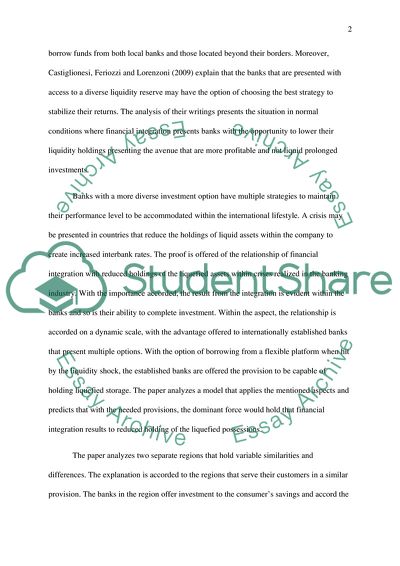Cite this document
(“Financial Integration and Liquidity Crisis Book Report/Review”, n.d.)
Financial Integration and Liquidity Crisis Book Report/Review. Retrieved from https://studentshare.org/finance-accounting/1775949-writing-a-report-about-a-paper
Financial Integration and Liquidity Crisis Book Report/Review. Retrieved from https://studentshare.org/finance-accounting/1775949-writing-a-report-about-a-paper
(Financial Integration and Liquidity Crisis Book Report/Review)
Financial Integration and Liquidity Crisis Book Report/Review. https://studentshare.org/finance-accounting/1775949-writing-a-report-about-a-paper.
Financial Integration and Liquidity Crisis Book Report/Review. https://studentshare.org/finance-accounting/1775949-writing-a-report-about-a-paper.
“Financial Integration and Liquidity Crisis Book Report/Review”, n.d. https://studentshare.org/finance-accounting/1775949-writing-a-report-about-a-paper.


